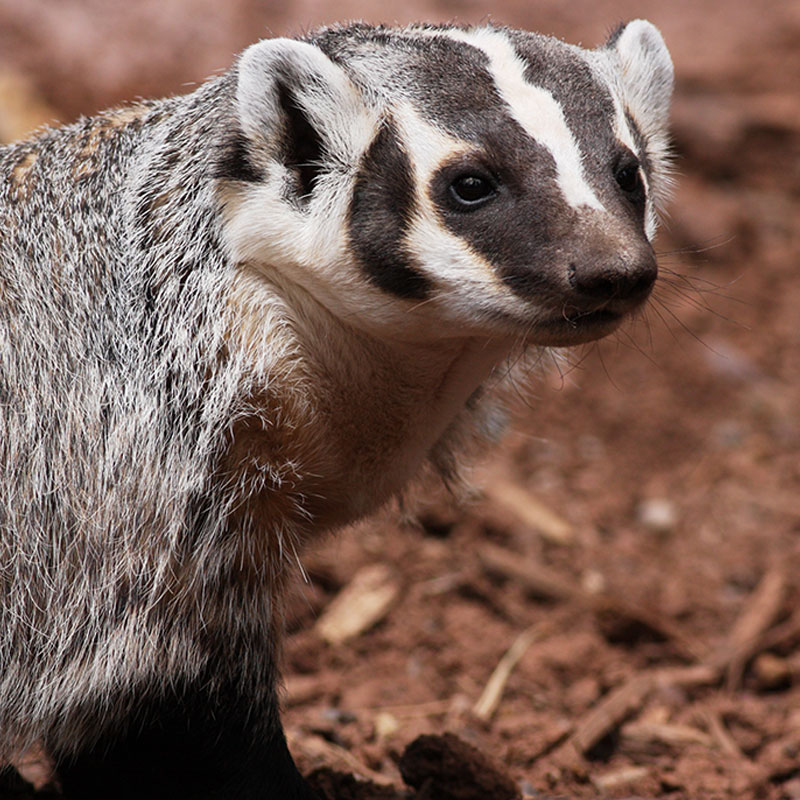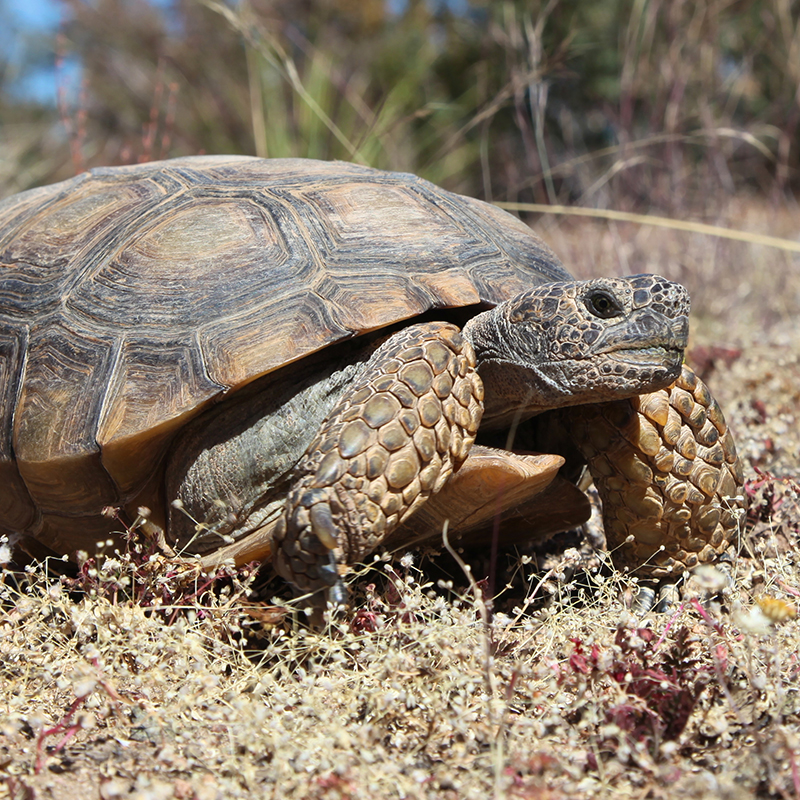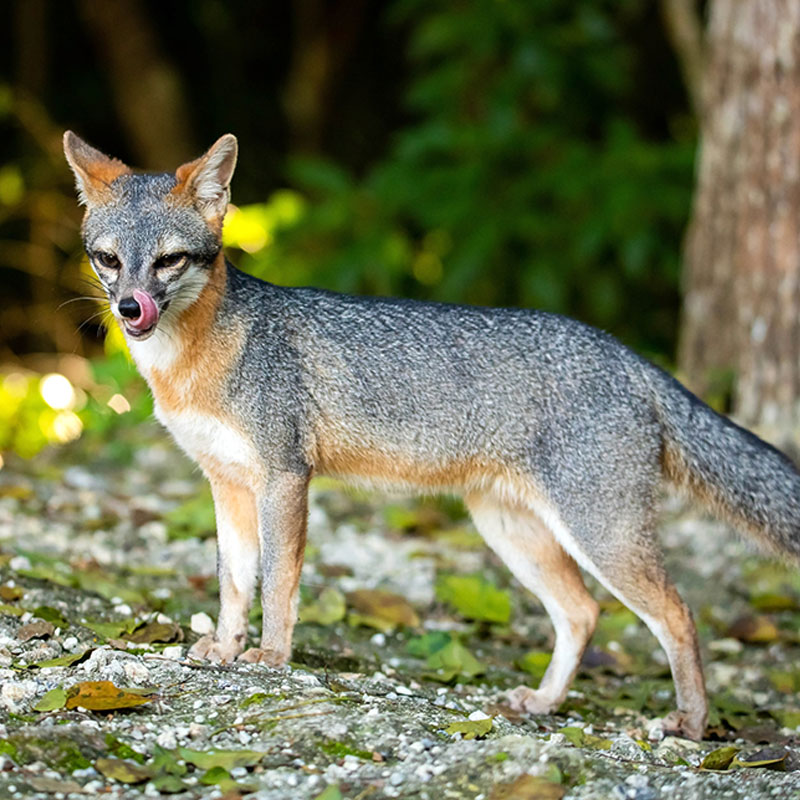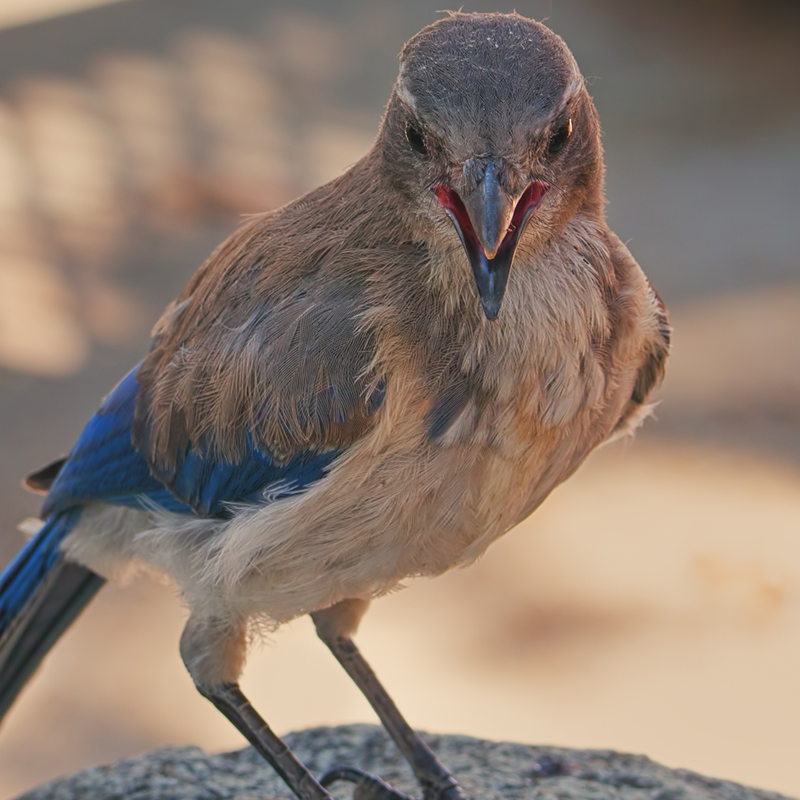
The red fox is named for its rusty-red fur coat, but there are other color variations: completely black (black phase), black with silver-tipped hairs (silver phase), or brown and gray (cross phase). However, their bushy tail has a white tip in all color phases. Their chin, throat and belly are white; their lower legs and feet are black. Like a cat’s tail, the fox’s thick tail aids in balance, but it also acts as a warm cover in cold weather!
Classified as a carnivore, the red fox is really an omnivore. They will feed on whatever is available: berries, acorns, grasses, birds, mammals, grasshoppers, beetles, crayfish and garbage. They will store food under the snow or leaves. The red fox is beneficial, as are other foxes, in rodent control. Though fairly common, red foxes are shy, secretive, nocturnal and cunning, which makes them difficult to observe. They will elude competitors by circling and backtracking rather than fighting. They live in a variety of habitats ranging from cultivated areas to woodlands and brushlands.
An average of 4 -8 pups are born in a maternity den and the male fox helps provide food for the pups.































